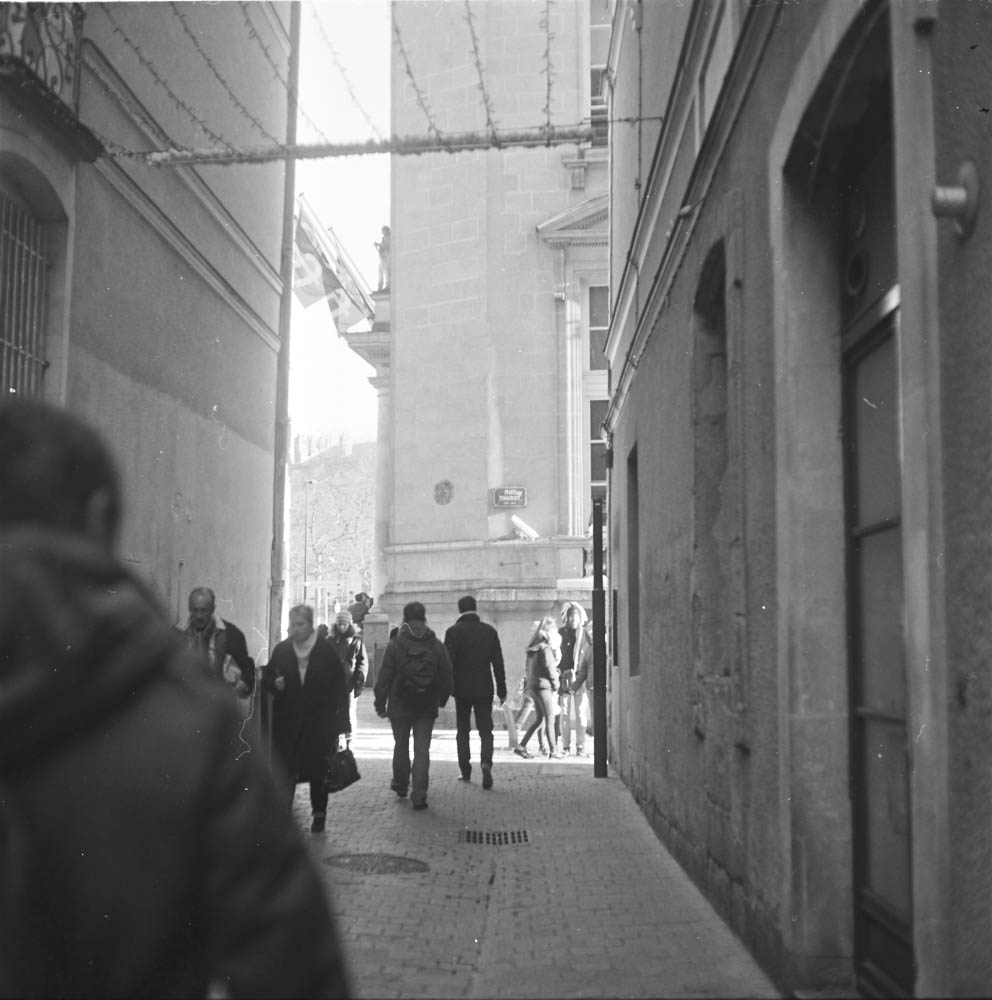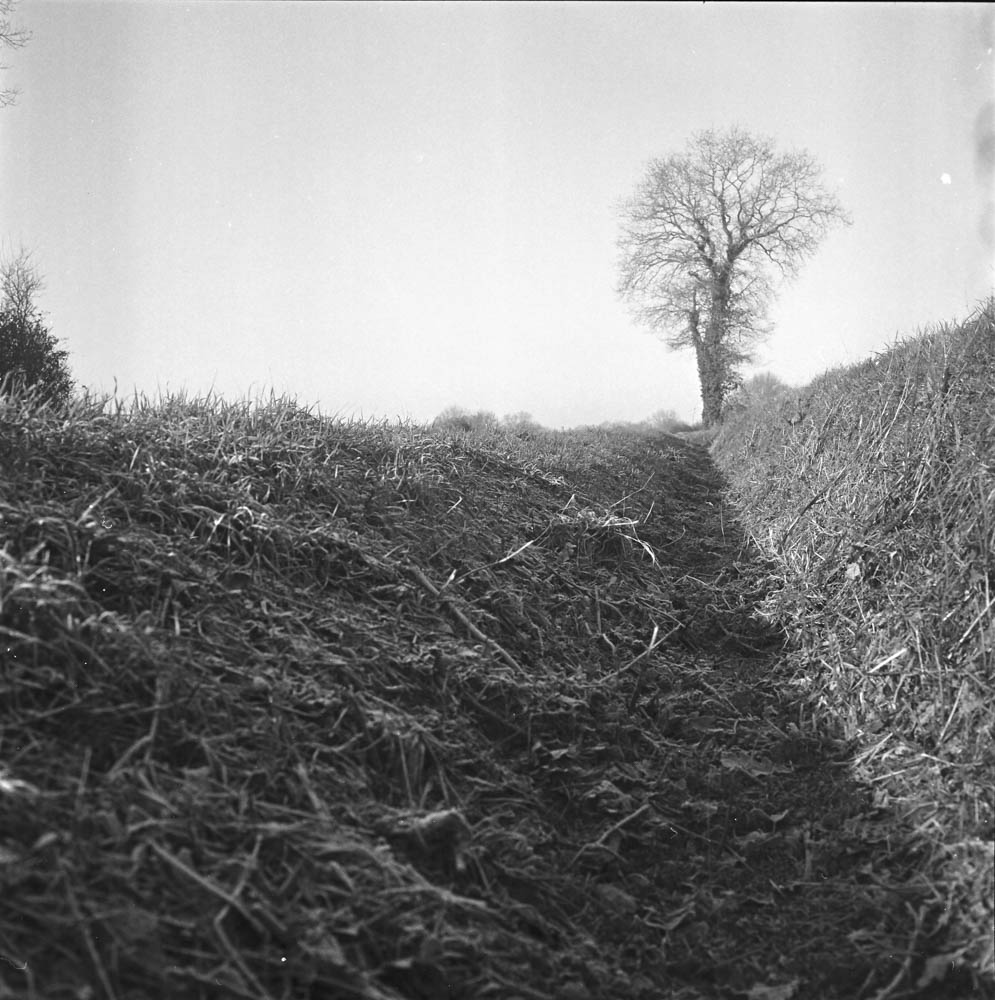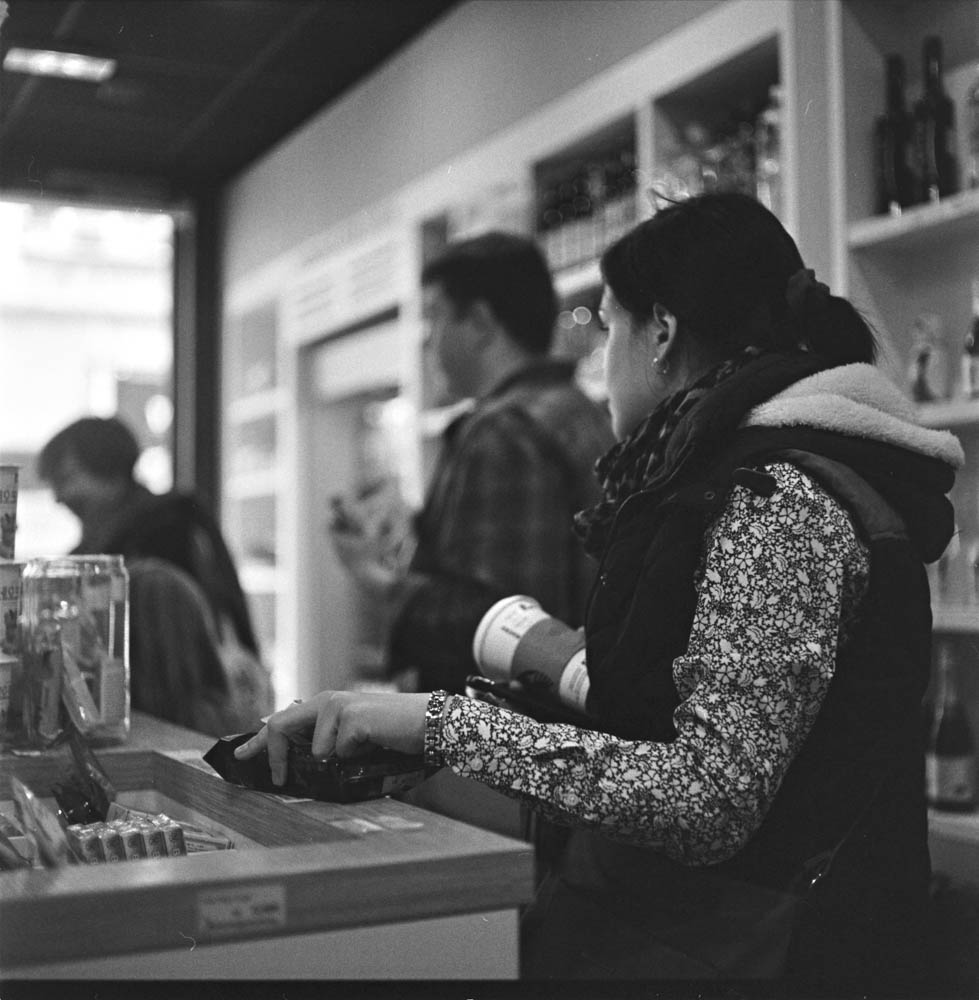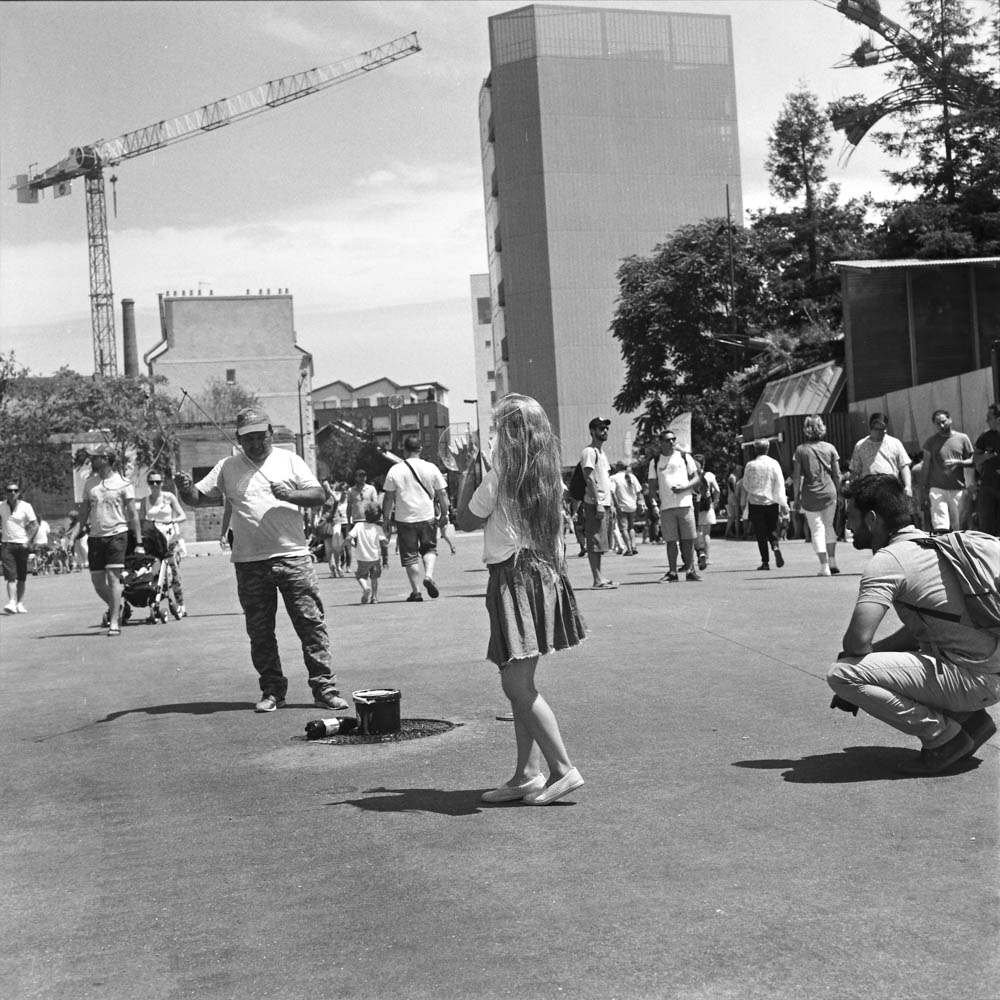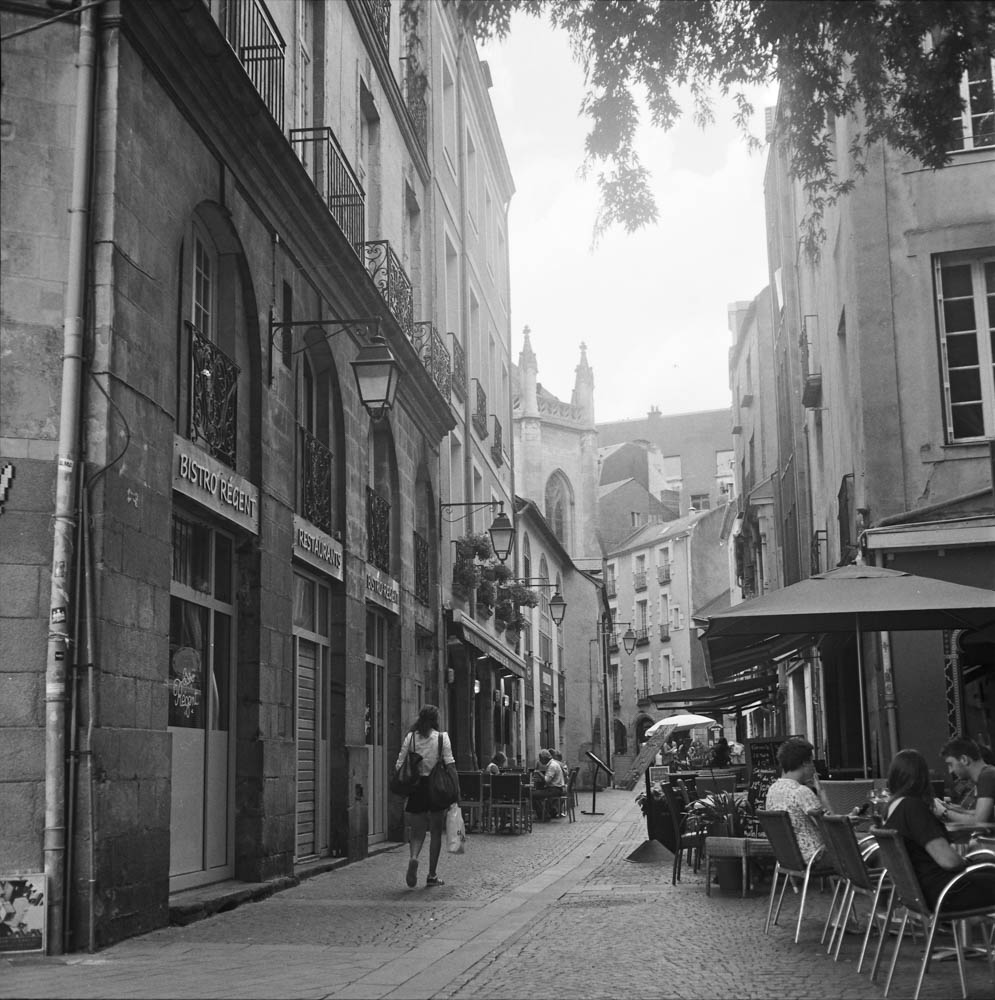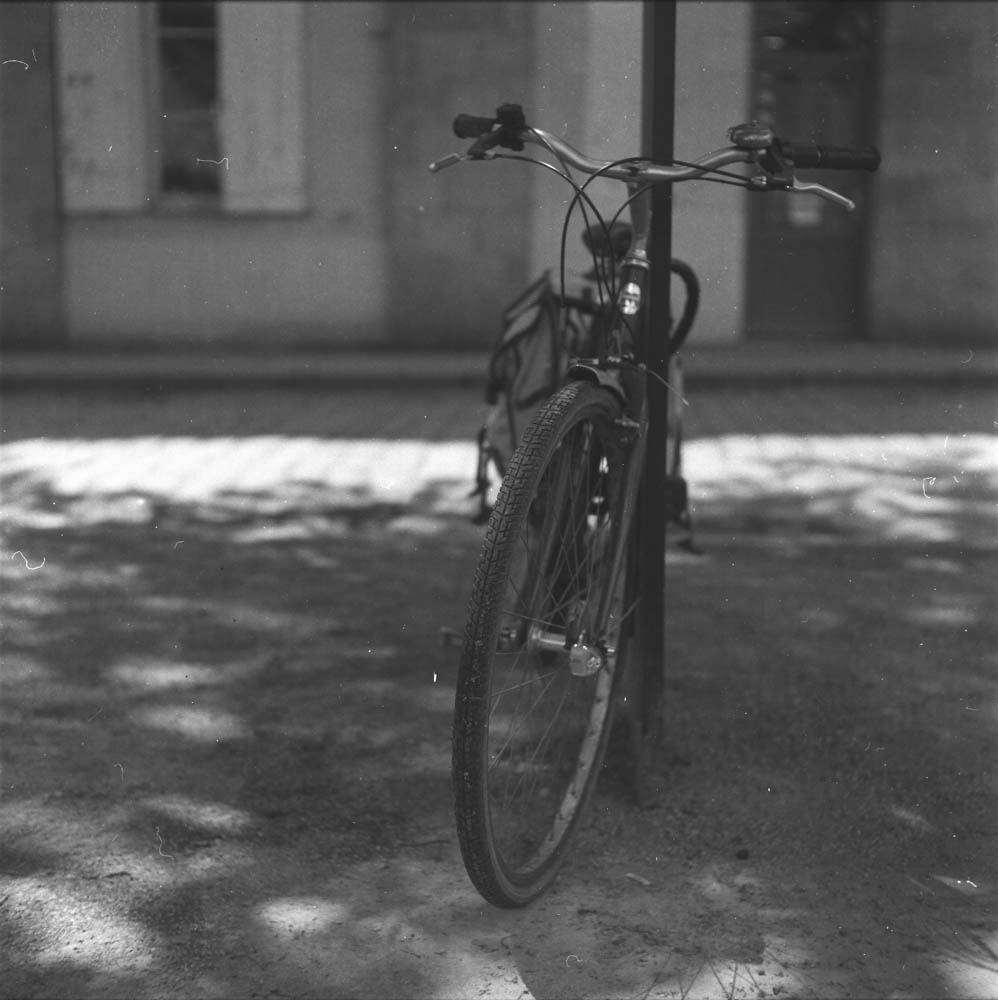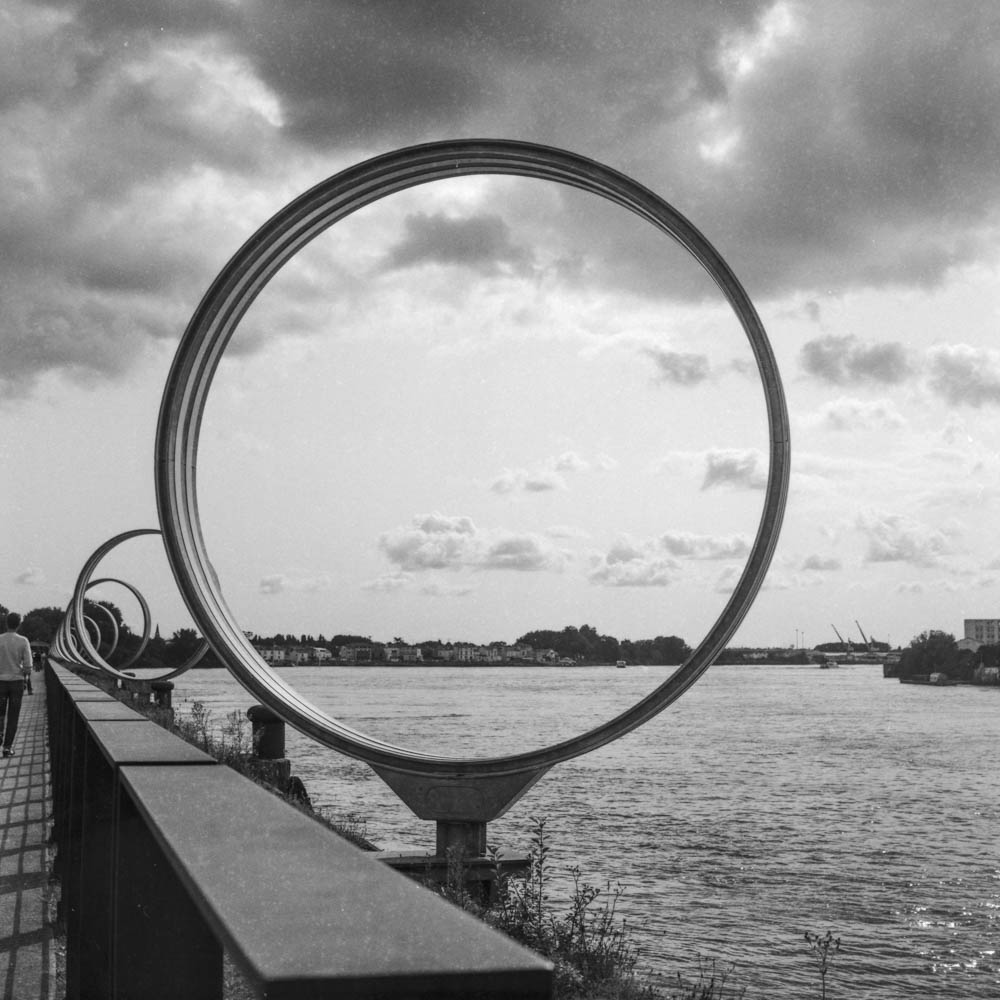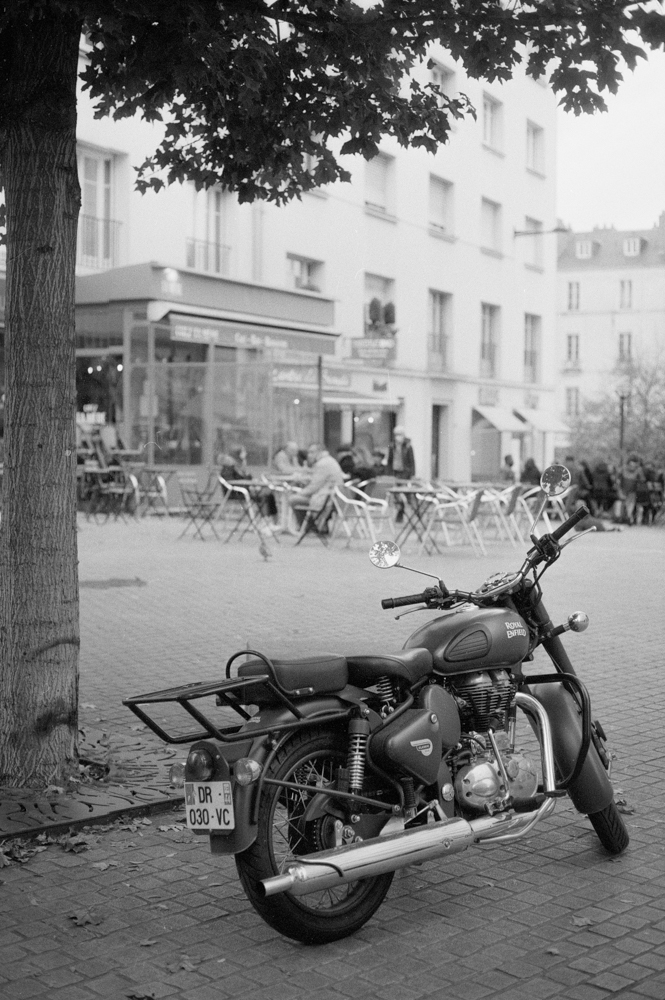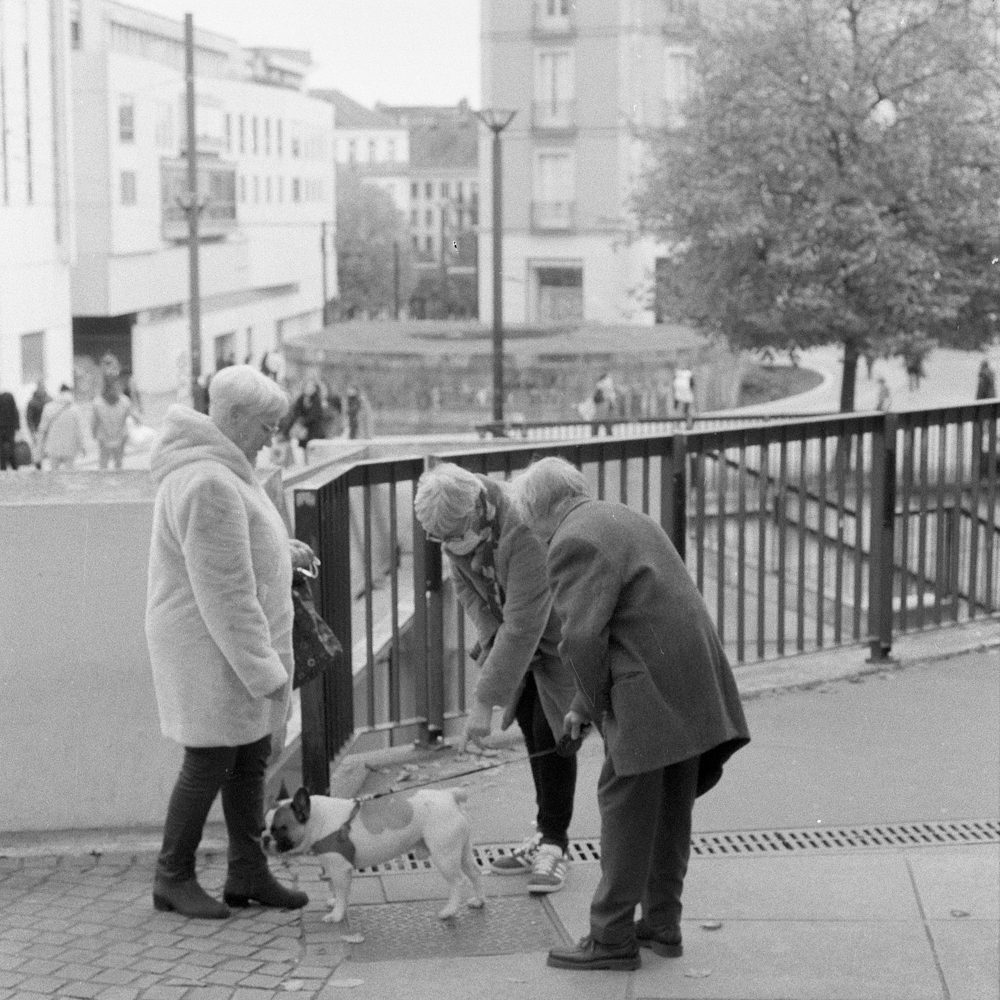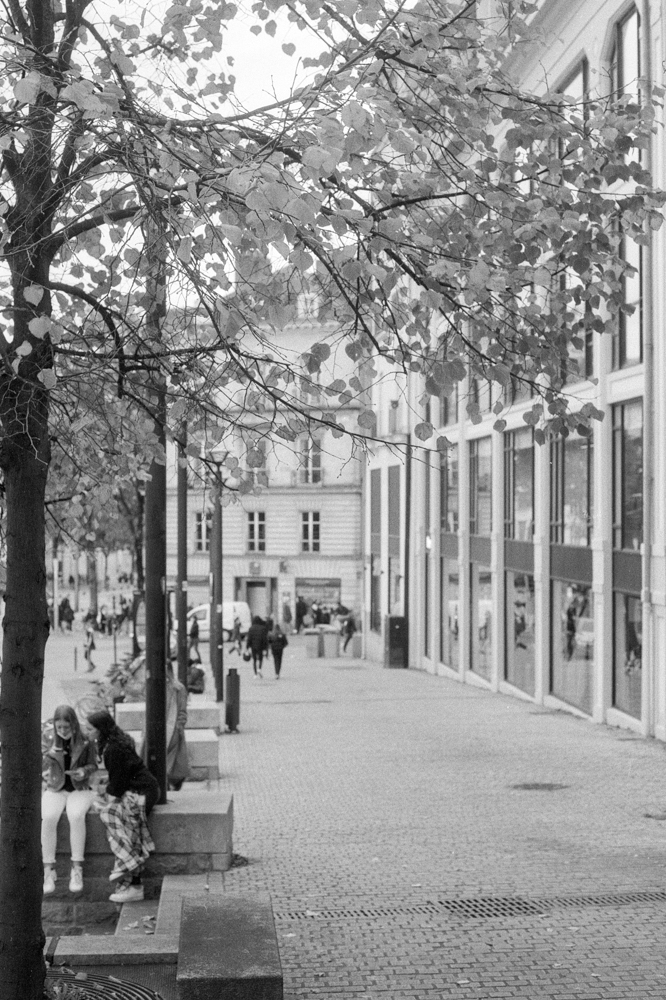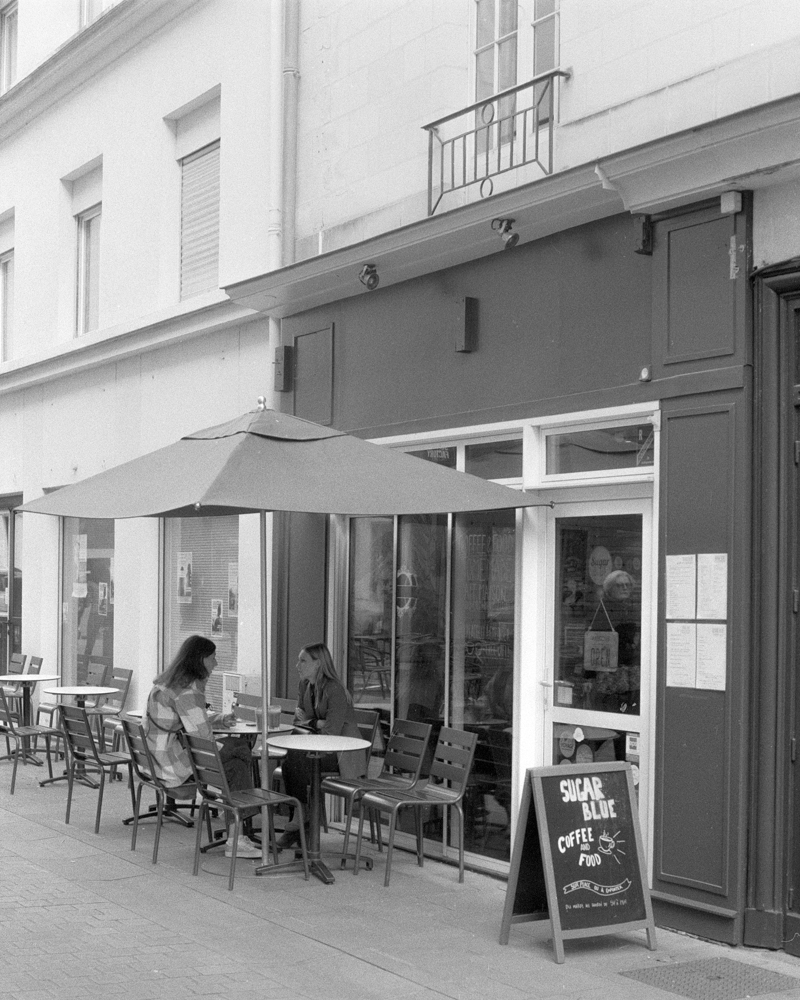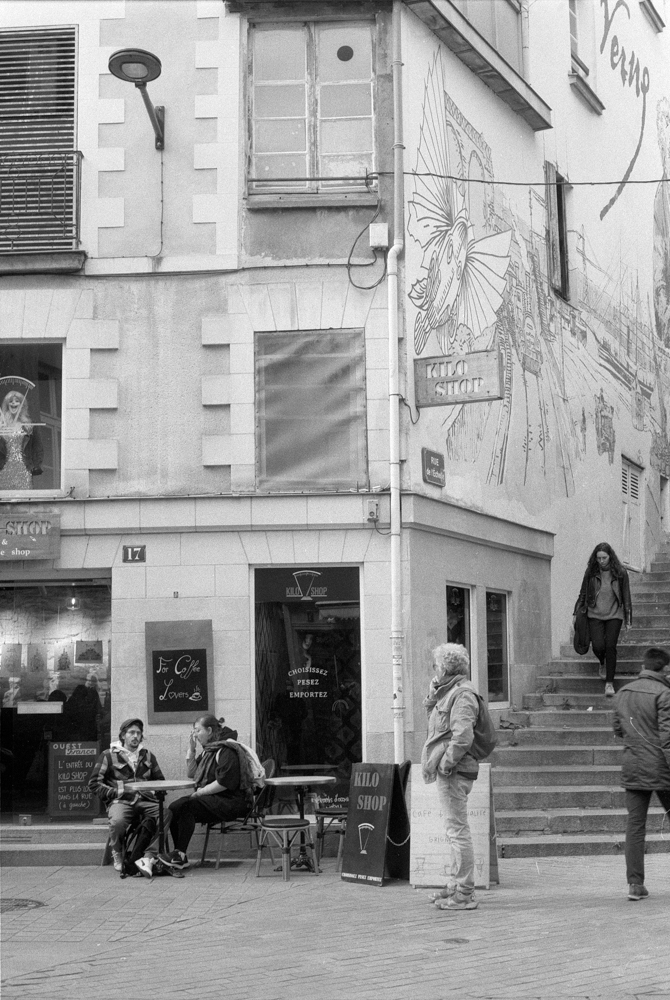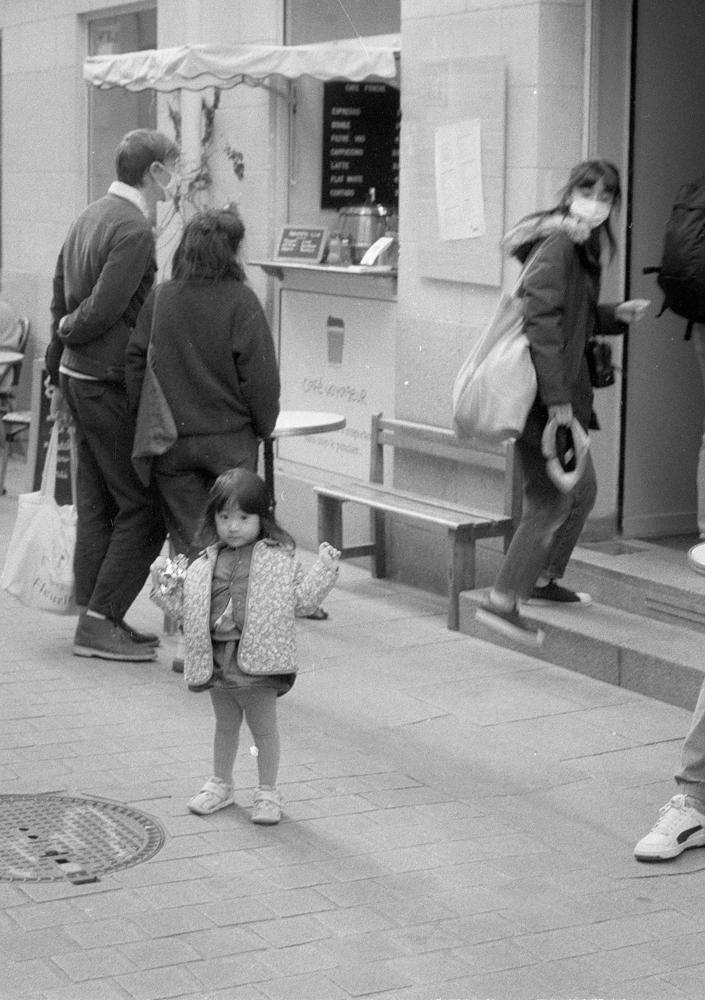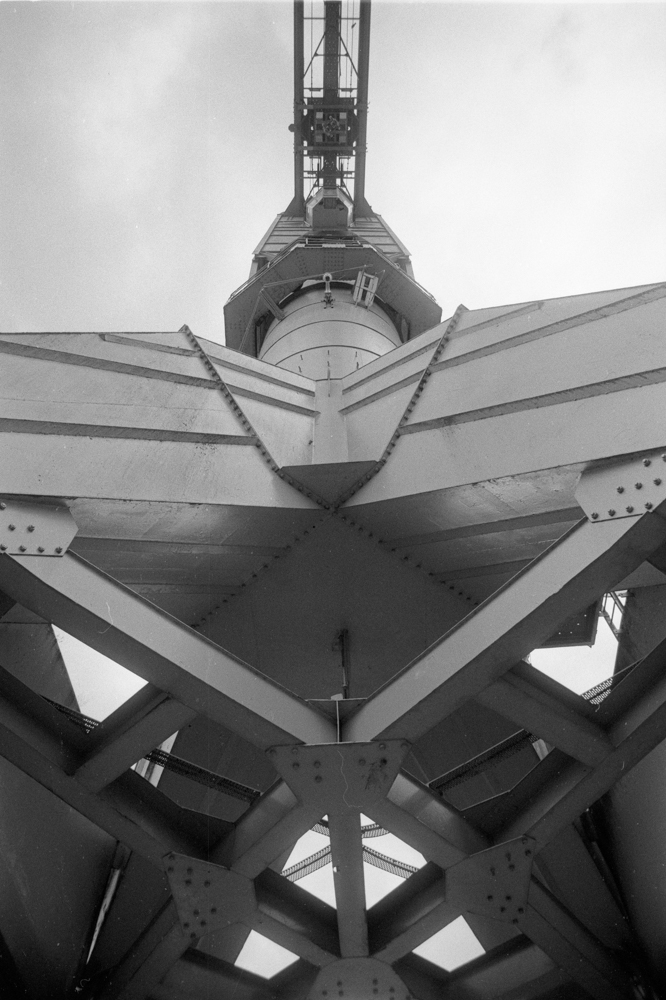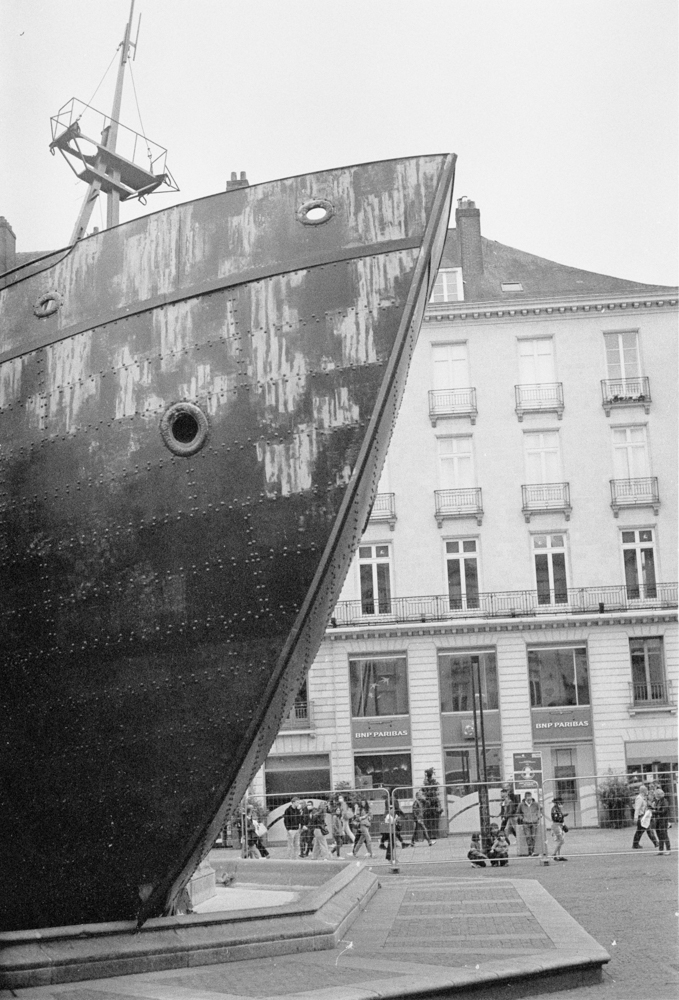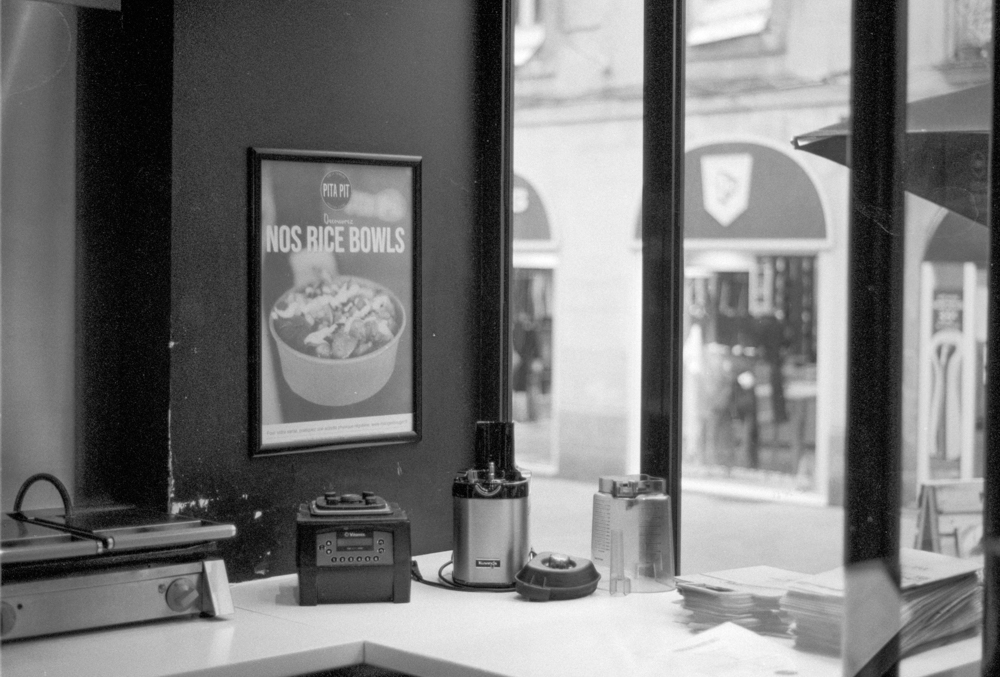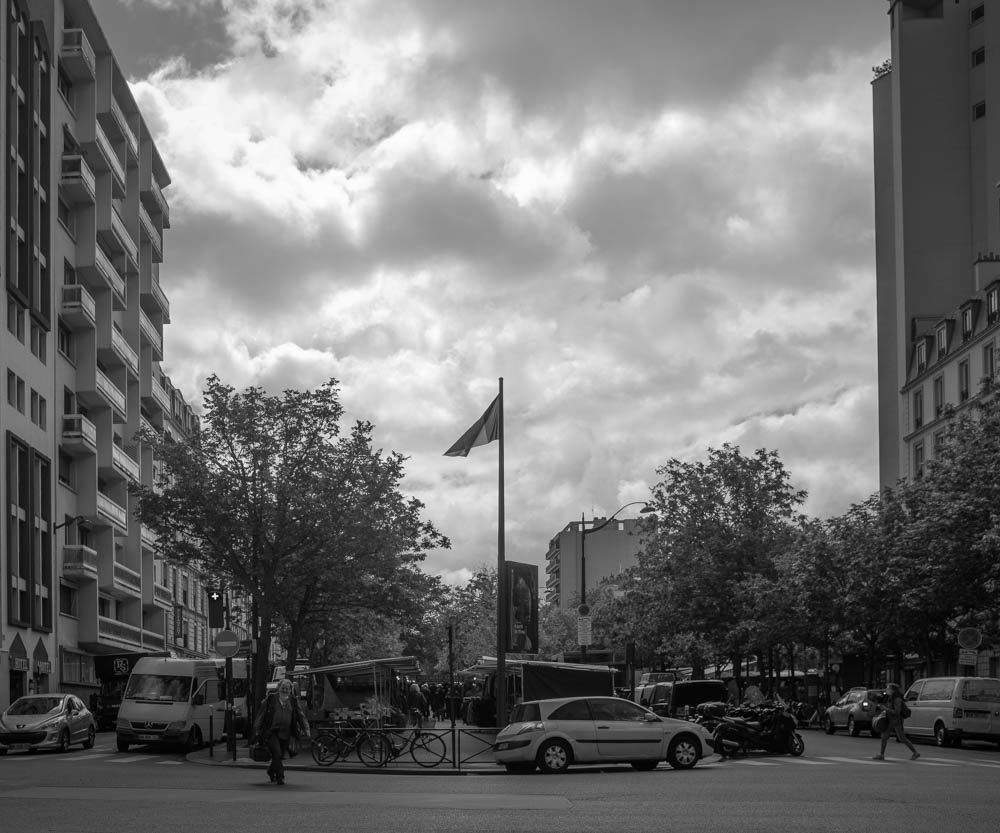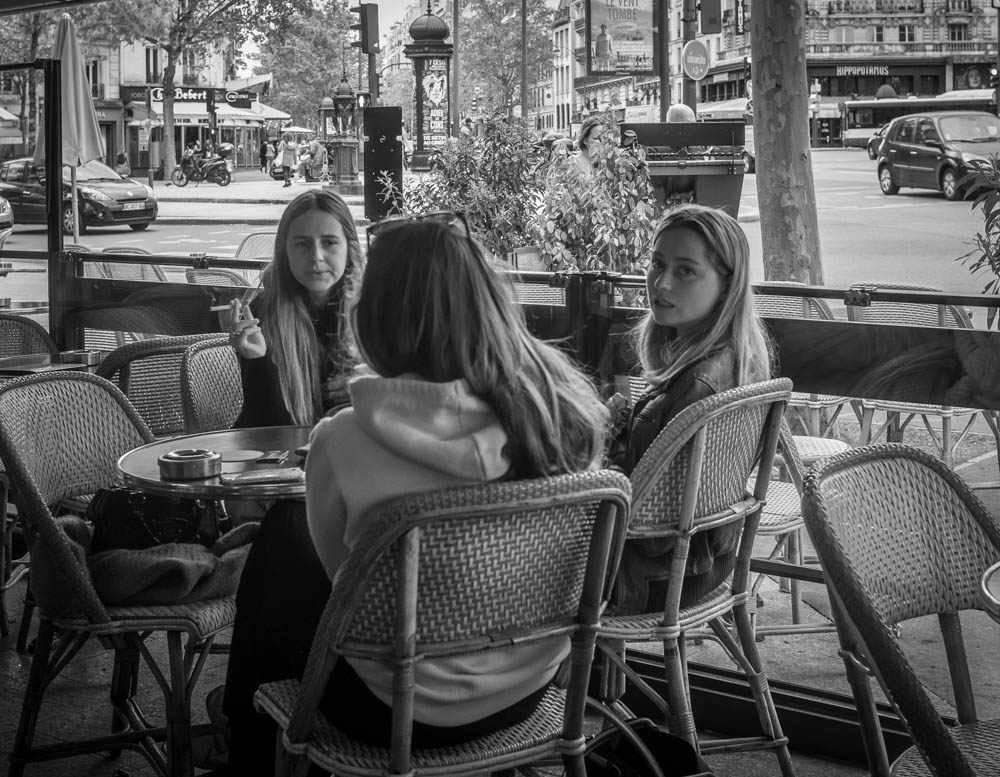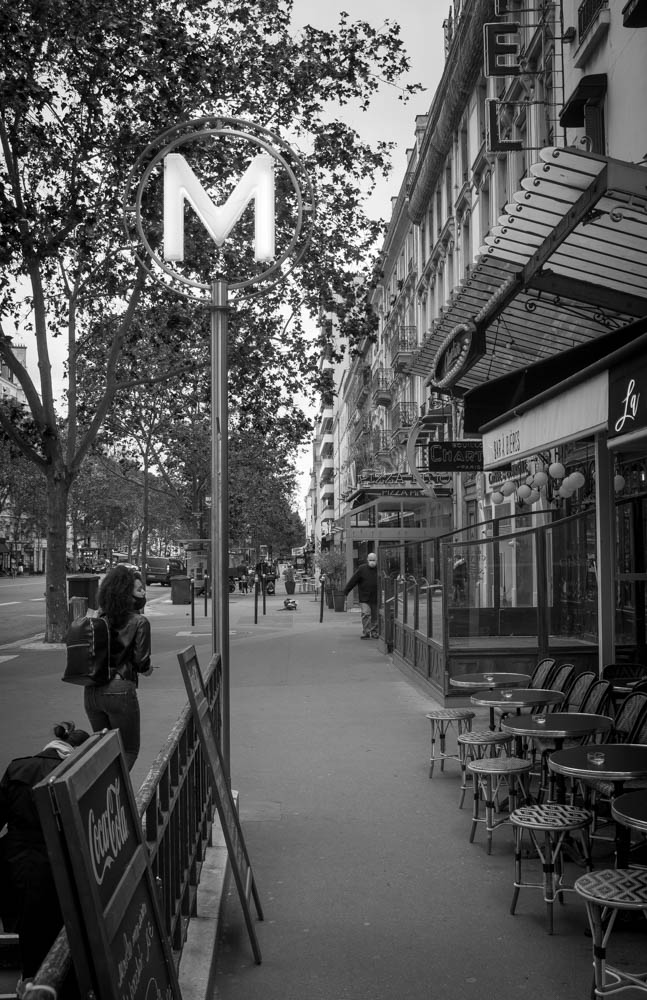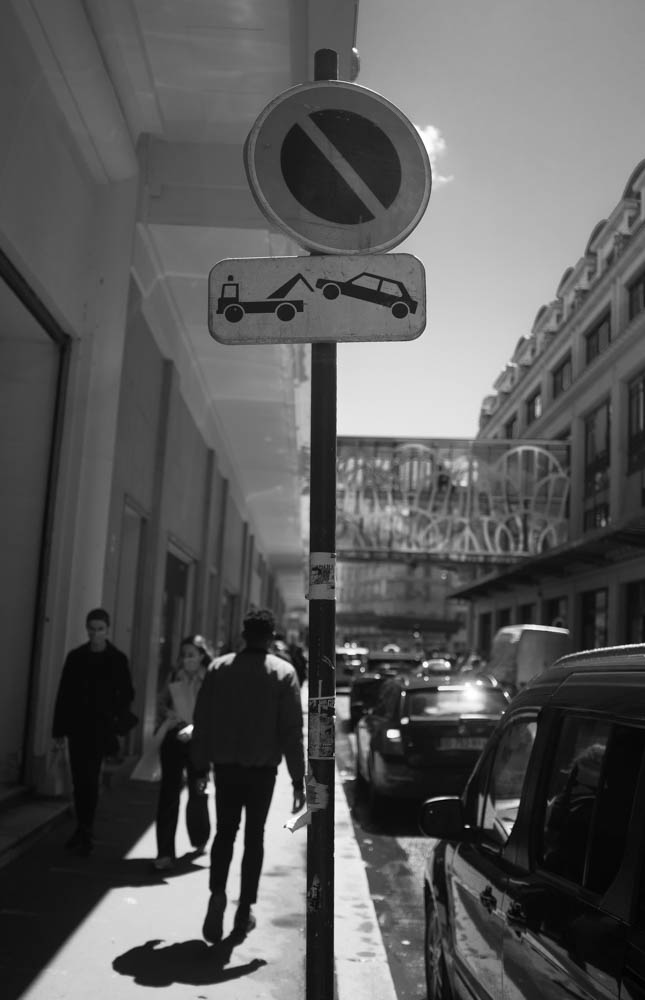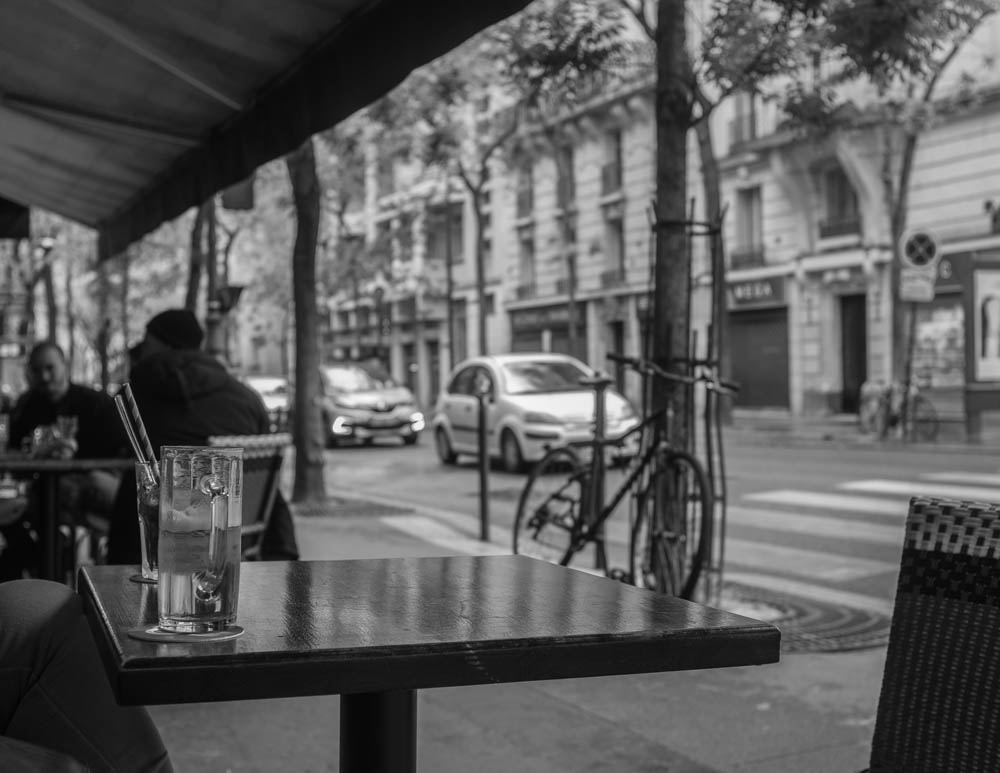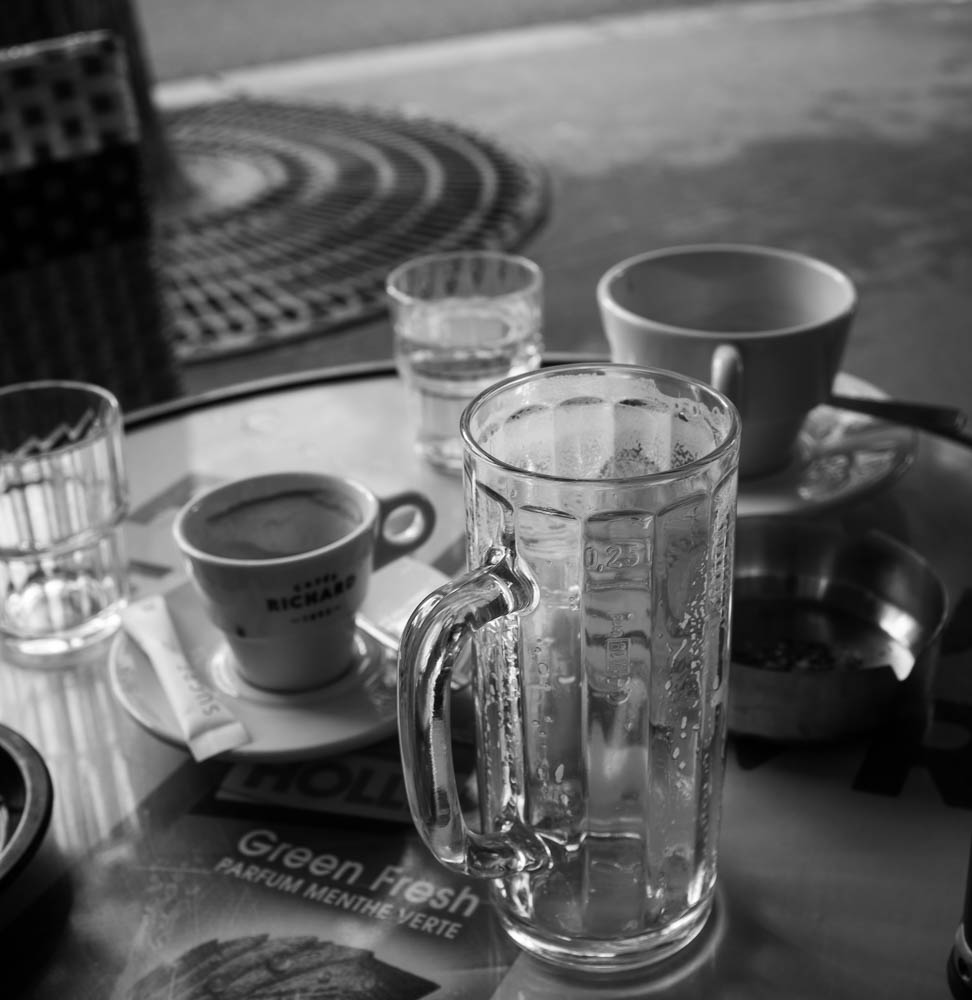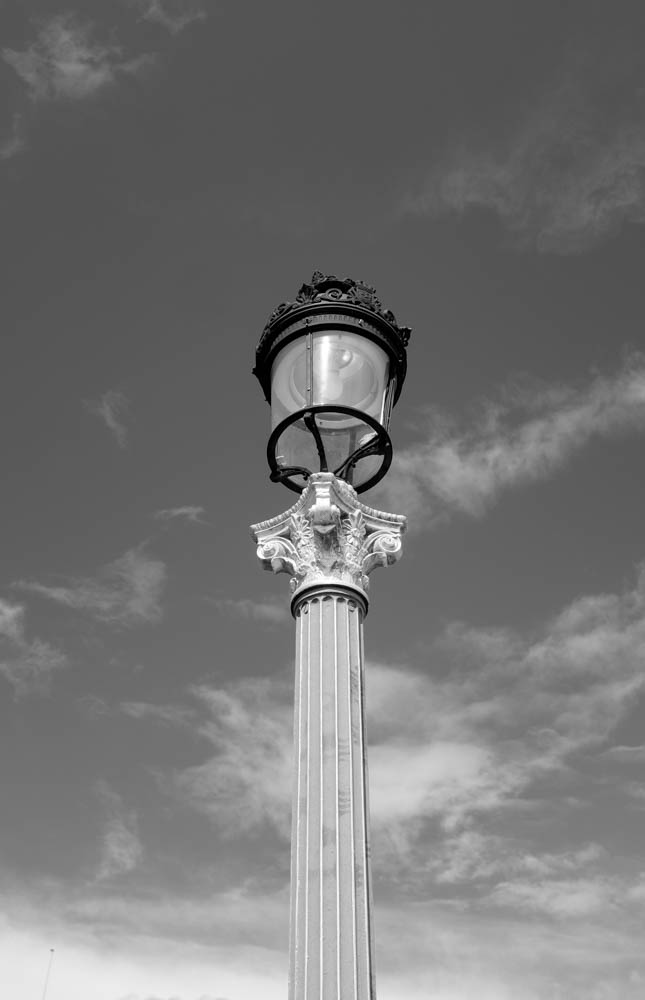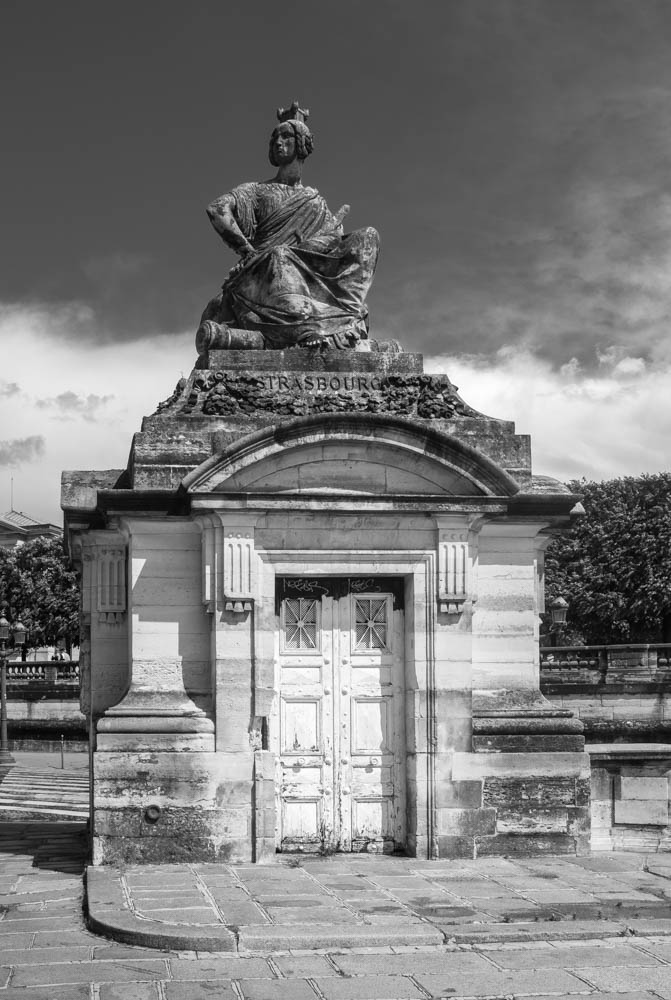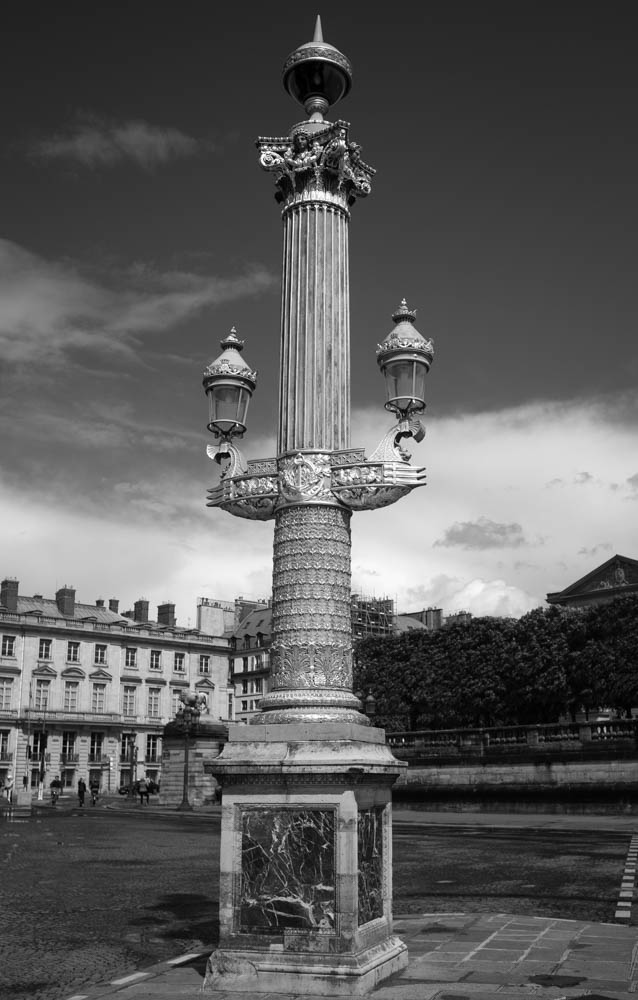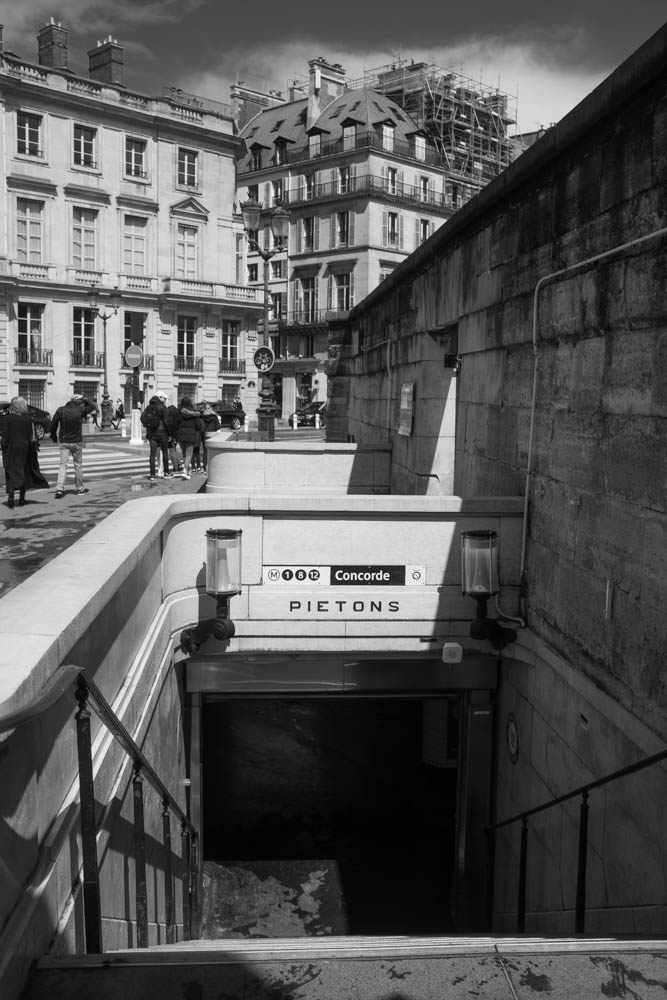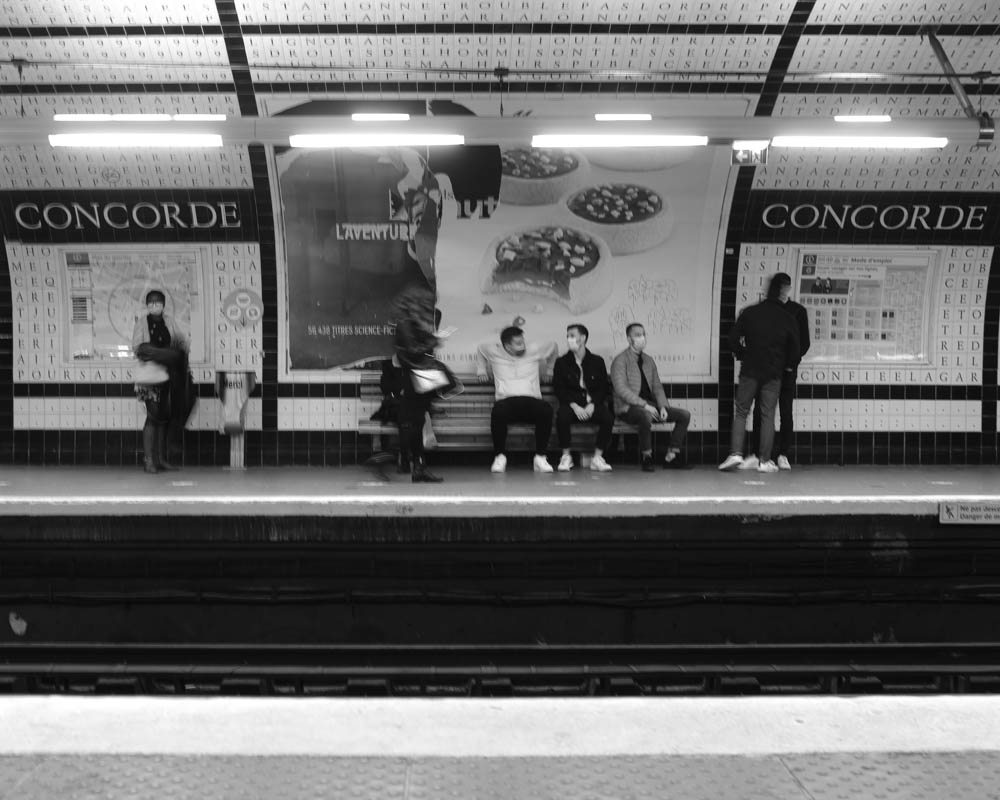I use a Fuji X100F as my every day camera and love it for different reasons. Firstly, this article is not a collaboration with Fuji or anyone else for that matter. Will I fan boy on my Fuji camera? Possibly. Is that a problem for me? Nope. Is that a problem for you? I haven’t a clue, but if it is you might want to wait for the next article…
Here is a link to the manufacturer’s site, which will give you all the techy stuff. I don’t really care about that. It’s part of the camera of course, but not just. I’ll take you back to 2018 when I bought the camera. I had a Sony bridge, which was fine, but left me wanting, like a French cup of tea, or an English so called baguette. I mean they try hard, but it’s not just quite there. The fact that I could only get jpegs and not raw files was bugging me like a small child who has more patience that I do.
I have never done a review article yet, and after this one and feedback, might not try again. I’m counting on you Mummy to put me right! I don’t even have a plan for what I’ll be writing so you might just be reading the edited version of this article which hasn’t even been written yet.
Anyway… Back to the subject in hand. I had done a large amount of film photography to get me over my photographic frustrations. It was really doing it for me too, and I would get a huge amount of pleasure. The negatives and scans were giving me some beautiful images, and my mother has a huge print of one those images on the wall in their house. I might have overdone it again. It’s massive on their wall and is definitely a “statement” piece. And that statement was even though not my childhood home, it’s still a beautiful part of the world to be able to call home.
Why am I not talking about a Fuji camera yet? Because I’m doing the groundwork and preparation for my story. I want you there with me in that strange place called my brain. So my photography was analogic, without too much logic, but that’s my problem. I also got into my film funk which was cured thanks to lockdown. If you’re really keen you can read about it here.
So, I was at the beginning of my film funk, and was wanting to replace film with a digital camera. I had perused the internet and YouTube looking for reviews and articles and results of said cameras. I had been into the shops and had looked at the cameras face to face, and was thinking very seriously about either a bridge, but a really nice Lumix one with a Leica lens, and whist in the shop I saw the X100F just sitting there in the display, and I could hear it talking to me, yes this crap does happen in my head, and it was saying, “buy me, you know you want to!” I answered, “Oooooooh, you are one sexy camera, but just let me have a look at the rest, just in case.” I mean the price tag alone was saying, “I think you might want to talk to your bank manager about this…” And I was desperately trying to think how can I explain this to my wife, who was used to various film cameras turning up on our doorstep.
Well, I had the yearly 13th month bonus. Look it up of you don’t know about life in France. And that was what tilted the scale in my favour. I remember going to the shop with my wife, because this is serious business. I purchased the camera, ordered the rather sexy leather strap and case on the internet, and took my new baby home.
It was exactly the same size and weight as my Pentax ME Super, and had the same kind of feel. When you look at it you can mistake it for a film camera, with the dials for exposure compensation, film speed, and shutter speed. The aperture is on the lens just like the rest of my film cameras. It feels just like a film camera in my hands, which, is a great plus. It has a leaf shutter, so is silent, therefore discreet, and for street photography is perfect. The lens is a 35mm equivalent F2.0 lens which is great for me and is built into the camera, so you can’t change it, but it simplifies everything, and for somebody used to 50mm F1.7 or f1.8 depending on the camera, the transition was easy. Another thing that tilted the balance were the film simulations. Classic Chrome is a wonderful thing and is my “go to” when shooting colour. It gives a beautiful vintage tone, and even better when you over expose by one stop, but be careful not to blow out those highlights. I was used to black and white photography and that had become etched in my brain thanks to Ilford and HP5+. So when I discovered the Acros black and white film simulation with a red filter, I was home. To be honest it’s what I use nearly all the time. I still have my RAW files with all the information, but the JPEGS are just amazing, as you will see on my Instagram feed.
Some have called it the poor man’s Leica, but I refuse to put 10 grand into a camera, because my wife would make my life a living hell, and I wouldn’t be able to take it out in case somebody nicked it. I like good gear, but I’m not paying silly money despite my desires to own one. It’s not worth it to me. But if anybody wants to give me one then I would of course accept with tremendous grace, but as if that’s going to happen!
So I have this beautiful object in my hands and want to get out there trying it out. And boy did I try it out. I remember talking about it in one of my first articles on this blog. There was a whole gang of us that had decided to meet up and you smell the testosterone. Each camera bigger and larger than the next one. It was like a penis size contest and I turn up with my discreet X100F. We went round Nantes taking pictures and you could feel a certain “size matters” feel to the whole thing. That was until we started comparing pictures! Yes it’s not huge but I know how to use it! I definitely felt less intimidated at that moment.
“They” say it’s a street photographer’s camera. “They” say that due to its small size, it’s a great travel camera. “They” also tend to say that it is great for documentary photography. Sometimes “they” are right, but not about everything. It also works really well in the studio and the auto focus works like a doosey! And when you show the client those colours, then they get over the discreetness of its size and realise that you don’t always need a massive DSLR to be a serious photographer.
I had also wanted to do some night time photography on the streets in Nantes, and because of it’s smaller size people don’t feel threatened by it. It is silent, and, as I’ve said before and allows you to get up close.
But why should you get a new camera? If you have the money, then why not. But that’s not the main reason. I bought my X100 for more than just that. I had “grown out” of my previous camera and could only see the limitations. I wanted a camera that would help me develop as a photographer. With the settings on automatic, and just using exposure compensation I have been able to concentrate on just getting the shot. Seeing a shot in the street. Composing. Putting the camera to my eye, and taking the shot. It really feels like my old film cameras except that with the EVF (electronic view finder) I know what I will be getting. This has allowed me to get away from just settings, and concentrating more on my photography. You soon get very used to seeing the world in 35mm, and it gives me more room to capture a scene than a 50mm. So, for that reason alone, it is worth getting one. Even a second hand one. They’re coming down in price since the latest super duper model was released, the Fujifilm X 100 V. Do I want one? Honestly? Yes , because who doesn’t like a new camera. Will I get one? No. I don’t have the need for one. My X100F is more than what I need.
Do you have a camera that just takes you to your happy place when you go out shooting? I do. My Mamiya C220. And when I want to go digital, I have my X100F. I get happy, by just getting in the car and having it with me. I know that I will have a good few hours taking photos. Do I like my Canon DSLR? Definitely especially with my 16-35mm lens, but it’s heavy, and makes you look like a proper photographer, but it’s like having a Citroen 2CV. Is it the best car in the world? Nope. Is it the fastest car in the world? Nope. Does it just have style and makes you feel good? Damn right people!
They say the proof is in the pudding. As long as there is chocolate in that pudding then I’m good. Take note of my love of tea, and cake! At the top of each article, you can see the tags used. If you click on the X100f tag, then you will see the photos, which speak louder than words.
Before I conclude this fan boy article I would just like to talk briefly about Fuji X Weekly! If the X100F is a film shooters digital camera, then this web site will give you “recipes” that will emulate different film stocks, even like Kodachrome, that sadly died in 2009. RIP Kodachrome. The geeks will understand me. So if you have a Fuji, then go and check it out!
So let’s see where we are. Is the X100F a great camera? Yes. Does it look wonderful? Yes. Even last Saturday, I got complements about how beautiful my camera is! Felt elated for ages. Is it great for street photography? Yes. It’s small and not heavy, so having it around your neck all day is fine. And it still gets the job done, which in the end, is what we’re all after. Getting that image, without our camera or our own incompetence getting in the way. Like Marie Kendo, does it inspire joy? Yes, by the truckload. And if a camera can inspire you get out and take photographs, then it’s a winner in my eyes. Thank you Fuji for having created the X100 line of cameras, and thank you for the X100F!



